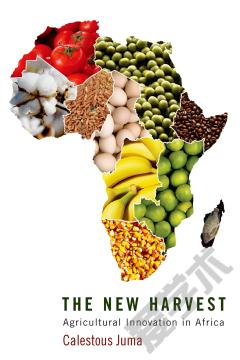Creating Systems of Innovation in Africa. Country Case Studies
The most popularised concept in the economics of innovation literature has been the national system of innovation (NSI). It was in the late 1980s that the concept that Frederik List coined as the National Political Economy of Production took off again with different thinkers writing about the peculiarities and distinctions of the Japanese, American, British, German, East Asian Tigers and other varieties of system construction. Freeman defines National System of Innovation as the network of institutions in the public and private sectors whose activities and interactions initiate, import, modify and diff use new technologies. Richard Nelson defines it as a set of institutions whose interactions determine the innovative performance of national firms. Lundvall defines the system of innovation as the elements and relationships which interact in the production, diffusion and use of new and economically useful knowledge and are either located within or rooted inside the borders of a nation state. The normative assumption is that those nations that succeeded in building economic strength relied on the science, engineering, technology and innovation capability that made them to achieve an innovation advantage to put them ahead in the world, acquiring national or regional economic leadership as the case may be depending on what level of analyses is selected to look at particular failure, success or progress they made. In this volume we have a glimpse of how in different African economies from Ghana, Uganda, Kenya, South Africa and Nigeria specific cases have been taken to explore how systems of innovation is evolving.
{{comment.content}}








 京公网安备 11010802027623号
京公网安备 11010802027623号